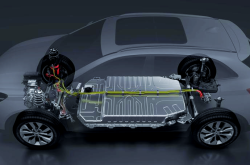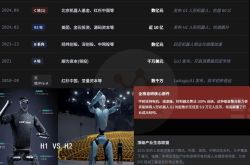“The space in the third row is comparable to that of an MPV.” Then why bother buying an SUV?
![]() 09/08 2025
09/08 2025
![]() 611
611
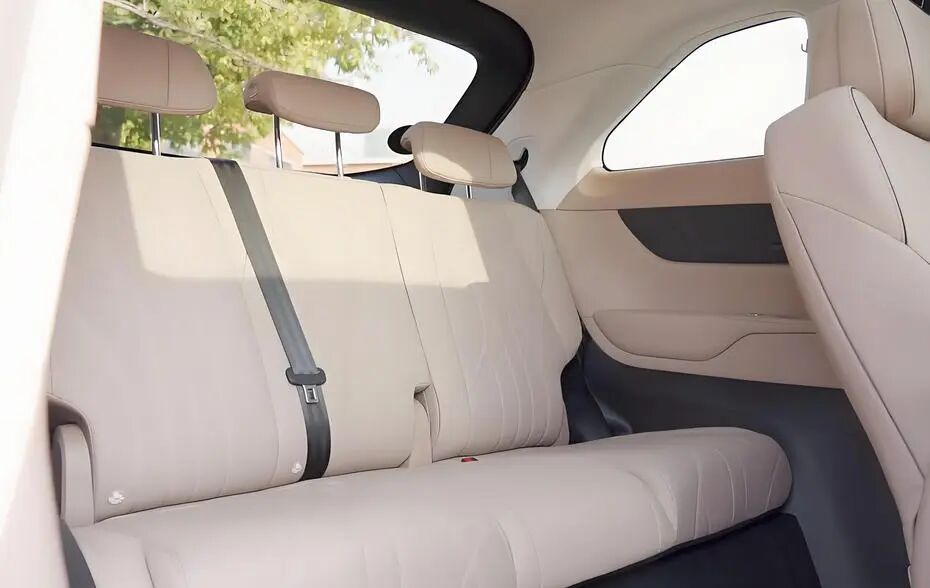
Lead
Introduction
Are “crossover vehicles” a genuine need or just a marketing gimmick?
In recent years, as competition in the Chinese automotive market has intensified, the emergence of certain products has suddenly broken conventional perceptions. The most typical examples are products that offer upgraded dimensions without price increases. For instance, in the mid-size car market, there are numerous domestic new energy vehicles with a length of around 4.9 meters and a wheelbase of approximately 2.9 meters, priced at just over 100,000 yuan.
However, when classified by model type, these vehicles fall into the mid-size car category. Traditionally, mid-size cars are represented by models like the “Magotan, Passat, Accord, Camry,” meaning that products priced around the 200,000 yuan mark seem to be the appropriate range for mid-size cars. Yet, in sales rankings compiled by various sources, vehicles priced at just over 100,000 yuan are listed alongside “genuine” mid-size cars priced at 200,000 yuan.
Moreover, domestic models with a length of around 5 meters and a wheelbase of 3 meters may be priced at only about 150,000 yuan, yet they have reached the standard of mid-to-large sedans. Traditionally, such models should be priced above 300,000 yuan. This raises the question: Is simply increasing dimensions an effective way to deliver value compared to the actual price?
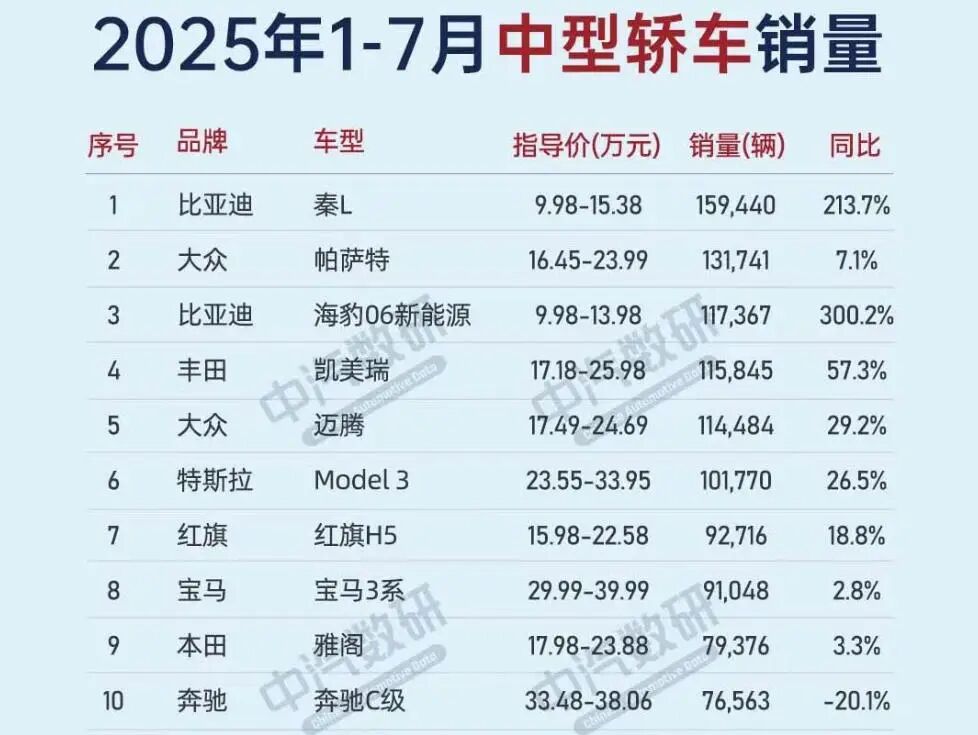
Of course, this article is not about how domestic cars have driven down the prices of joint-venture cars. Instead, it considers another aspect: the definition of products seems to have entered a vague phase.
Recently, several vehicles have exhibited a phenomenon where a domestic brand defines an SUV as a “compact travel motorhome,” and the media describes elongated SUVs with phrases like “the space in the third row is comparable to that of an MPV.” The Li Auto i8 claims to be a combination of a “crossover vehicle + sedan + MPV.” What we see is not just the superposition (superposition) of product functions but also the collapse of traditional boundaries between automotive categories.
01 Signs of All-Rounder Vehicles Emerging
For a long time, automakers worldwide have explored how to create models that break traditional definitions.
For example, the earliest Volvo V90 CC/V60 CC, Mercedes-Benz GLE COUPE/GLC COUPE, BMW X4/X6, and other models are what we call crossover vehicles. A recent and highly “crossover” model is the Changan Qiyuan E07, which claims to switch between sedan, SUV, and pickup truck forms.
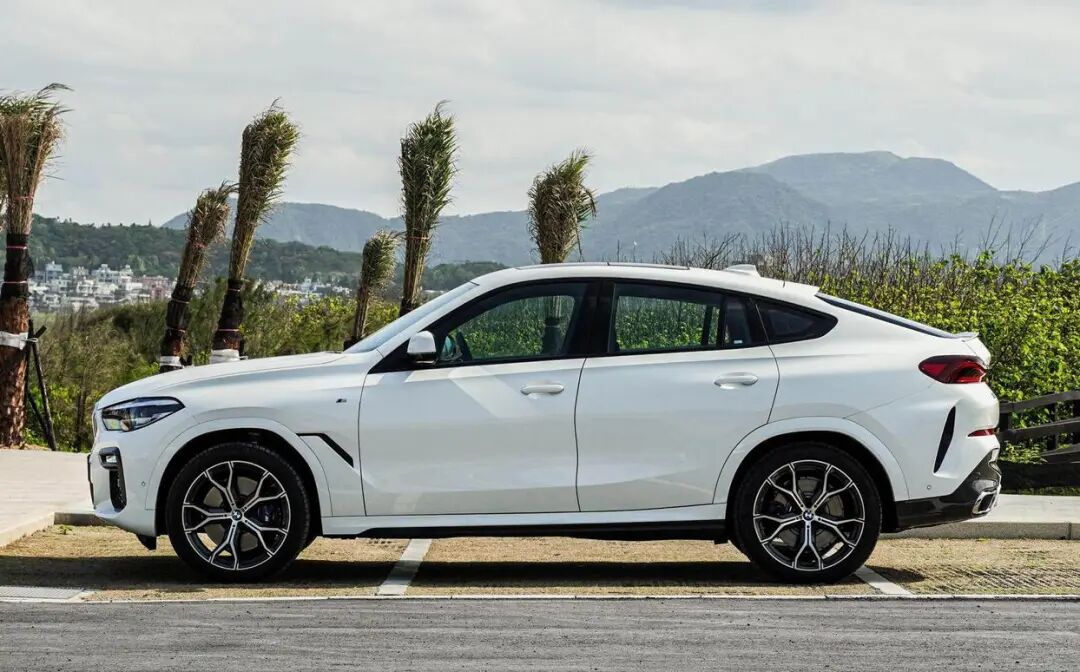
In the fiercely competitive Chinese automotive market, where innovation seems exhausted, automakers have been racking their brains to create something new. Finally, in the past 1-2 years, a somewhat clearer answer has emerged: the automotive industry is shifting from a single-function orientation to a full-scenario experience orientation.
Automakers believe that the new generation of consumers is no longer satisfied with the single function of a car as a means of transportation but expects it to be an extension of their lives. They need the off-road capability of an SUV for weekend outings, the handling of a sedan for daily commuting comfort, and the space experience of an MPV for family trips or business receptions.
This is why we see a domestic brand defining an SUV as a “compact travel motorhome” and Li Auto proposing the “SUV + sedan + MPV” trifecta concept at the i8 launch event.
In the past few decades, the automotive market had clear boundaries in model classification: SUVs were primarily defined by their off-road capability, targeting outdoor and complex road conditions; MPVs were preferred for business receptions and families with multiple children due to their spacious interiors; sedans dominated the daily commuting market with their agile handling and low fuel consumption.
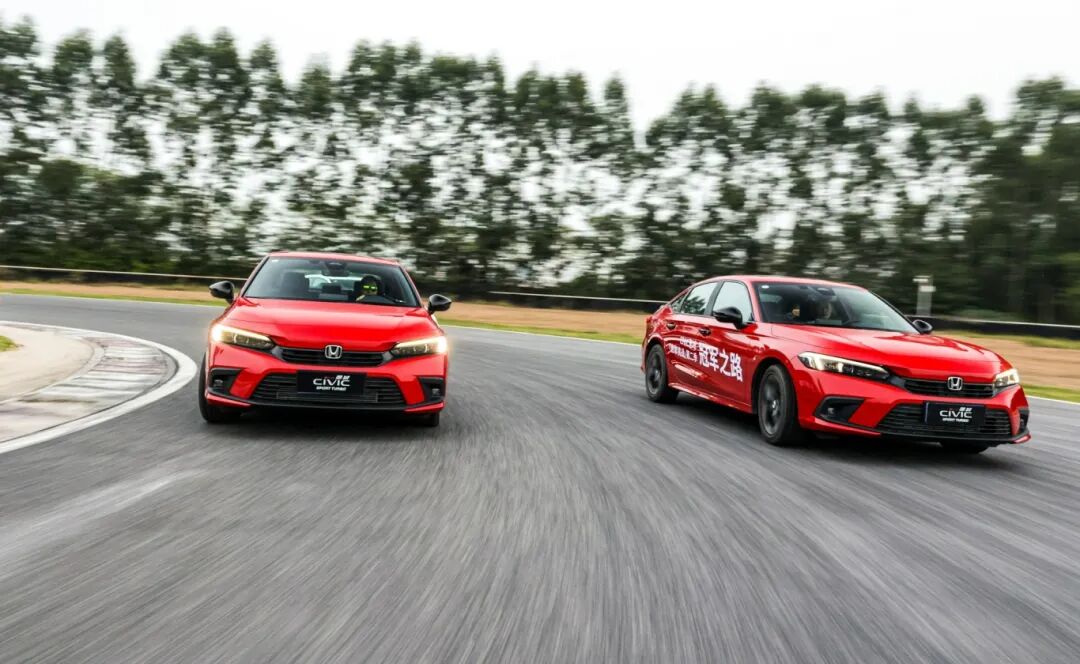
Consumers often faced clear functional trade-offs when purchasing a car. Opting for off-road performance meant accepting the space limitations of an MPV, while pursuing comfort meant compromising on the SUV's off-road capability. Perhaps it was this “full-scenario demand” that forced automakers to rethink their product definition logic.
Breakthroughs in new energy technologies and intelligent configurations have precisely provided a path for this all-rounder demand. The maturity of plug-in/extended-range technologies allows vehicles to achieve 450 kilometers of pure electric range for daily commuting while relying on over a thousand kilometers of combined range to alleviate long-distance travel anxiety, completely breaking down the usage scenario barriers between traditional fuel vehicles and pure electric vehicles.
The widespread adoption of positive electric platforms has freed up interior space. Without the constraints of traditional gearboxes and drive shafts, designers can more freely arrange seating and storage areas. Flexible layouts like 5-6-7 seats allow SUVs to achieve MPV-level space utilization. When the third-row seats are folded, a large storage compartment is created, and for family trips, it can quickly switch to a 7-seat mode.
This also includes the familiar trio of refrigerators, TVs, and sofas, as well as configurations like heated, ventilated, and massaging seats throughout the vehicle, which were previously only found in high-end MPVs. Now, they are gradually being introduced to SUV models and even some sedans, further blurring the comfort experience boundaries between these vehicle categories.
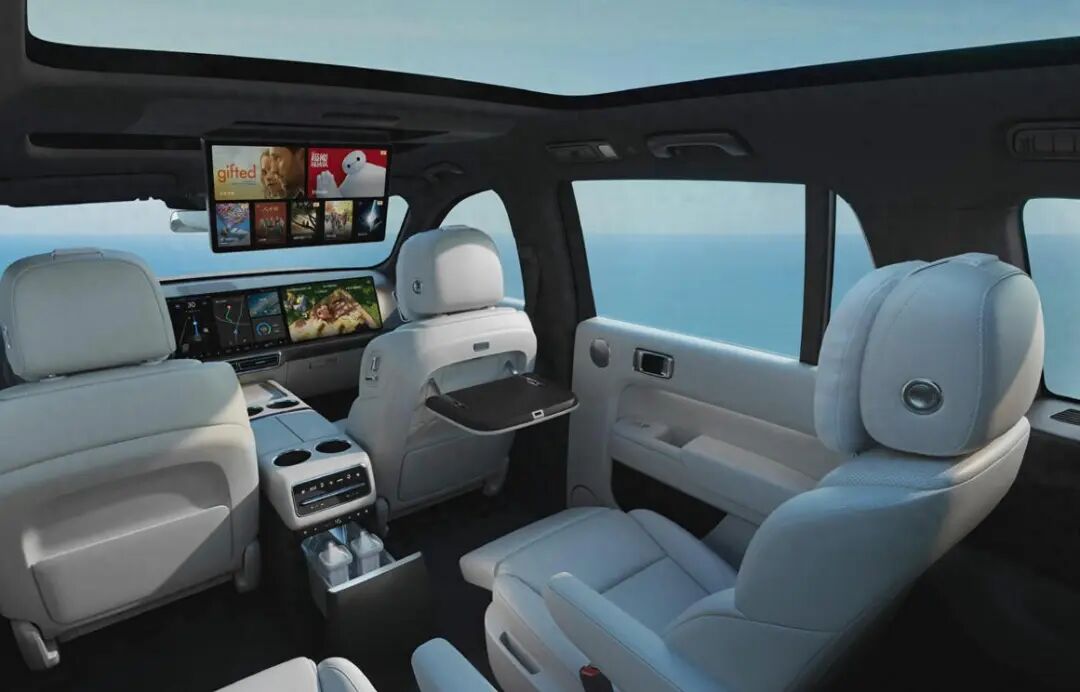
In the past, Chinese automakers often optimized within established model frameworks. Now, independent brands are beginning to reconstruct product definition logic based on the living scenarios of Chinese consumers. Instead of first determining whether it is an SUV or an MPV and then designing functions, they first clarify the user's core scenario needs and then integrate functions through technology.
It can be said that more and more independent brands are using actual products to interpret the new logic of scenario-defined models. The dissolution of model boundaries, on the surface, appears to be a choice made by automakers to create differentiated selling points in a competitive market. However, from the current perspective, it seems to be a blatant marketing innovation.
02 Genuine Need or False Innovation?
In reality, cross-border integration is not a panacea. A simple truth is that physical laws dictate inherent contradictions in performance. Physical laws and engineering logic determine that there are natural contradictions in automotive performance: pursuing MPV-level space comfort often requires sacrificing the SUV's handling precision; emphasizing the SUV's off-road capability inevitably affects the sedan's ride smoothness.
If automakers rely solely on marketing rhetoric to superposition (superpose) functions while ignoring technological breakthroughs and essential attributes, “all-rounder” will ultimately become a gimmick.
For example, a mid-to-large SUV that main the “SUV + MPV” dual attributes forcibly extends its wheelbase to accommodate a third-row seat and create a luxurious second row without making targeted optimizations to the chassis structure. As a result, the vehicle experiences significant body roll during corners, and the steering wheel's precision decreases. The third-row space can only accommodate children or adults on short trips, far from the comfortable experience of a genuine MPV, ultimately becoming an awkward existence that is “neither like an SUV nor like an MPV.”
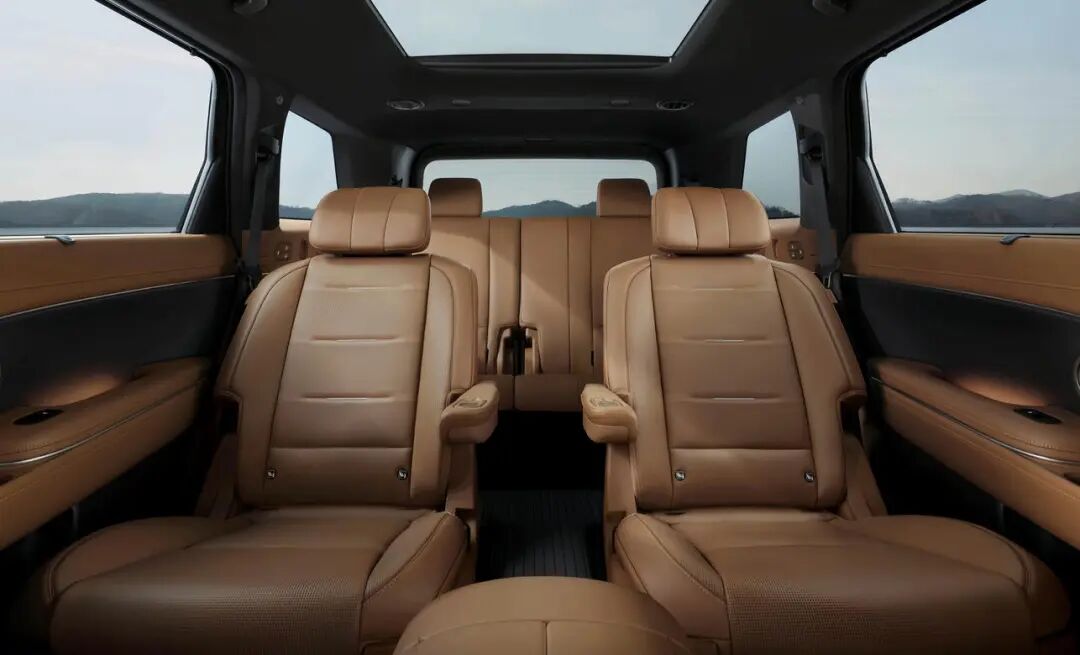
The core issue exposed by these cases is that automakers equate configuration accumulation with all-rounder capabilities, using superficial configurations like dual refrigerators and rear entertainment screens to cover up (conceal) shortcomings in core technologies. This strategy of emphasizing configurations over essence may attract attention in the short term but will ultimately face market scrutiny. In the long run, it may lead to the situation where being all-rounder means being incapable in everything.
If we think carefully, certain promotional rhetoric actually reveals a reversal of priorities in design. For example, an MPV using “the space in the third row is comparable to that of an SUV” as a selling point actually admits its own space optimization deficiencies. This misplaced promotion reveals the confusion of some automakers in function superposition (superposition).
When social media is flooded with creative shares like “SUV camping guides” and “trunks instantly transforming into bedrooms,” and automakers use phrases like “mobile living room” and “starry sky bed” to provoke (tease) the nerves of urbanites, we seem to be witnessing a collective cognitive dislocation. People would rather huddle in the cramped trunk of an SUV to cook instant noodles than face the awkward reality of genuine motorhomes gathering dust in parking lots.
What is even more intriguing is that the pseudo-motorhome trend of SUVs is forming a closed loop: automakers cater to demand by continuously equipping SUVs with folding tables, 220V power outlets, and even Car toilet (vehicle-mounted toilets). Consumers, in turn, use these “motorhome alternatives” to comfortably perpetuate the eternal lie of traveling around China after retirement.
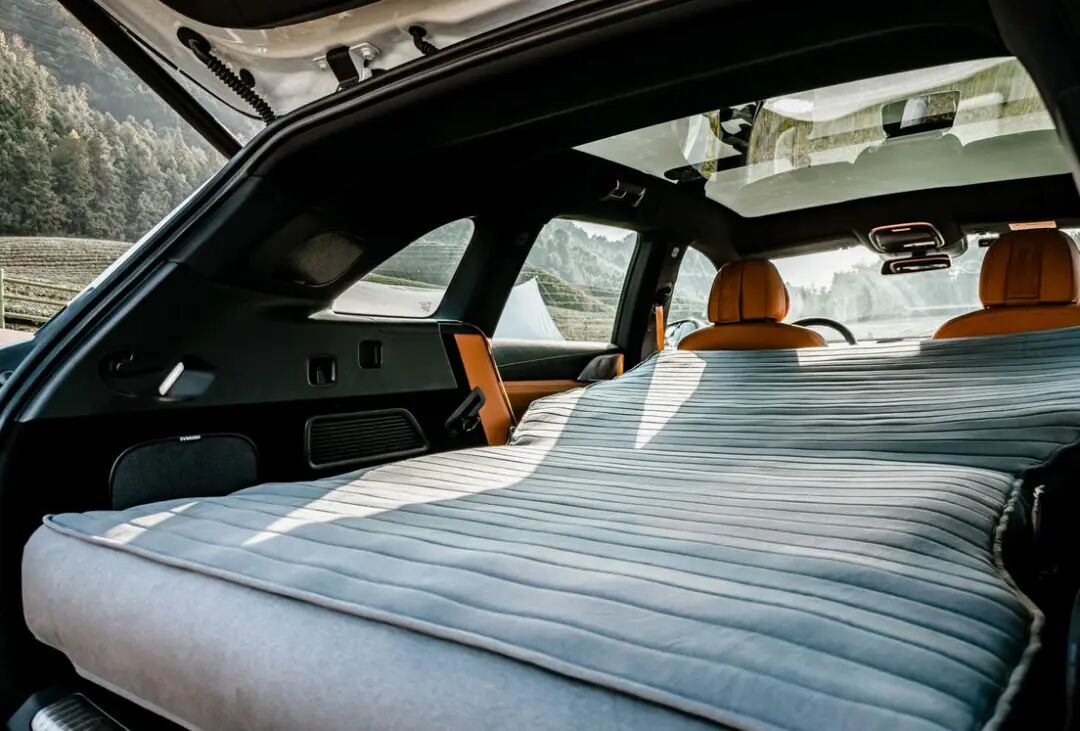
Reviewing the development of the automotive market, early crossover models have provided reflective samples for the current all-rounder trend. Although these models attempted to break traditional category boundaries, they consistently struggled to achieve outstanding sales. The core issue was precisely the dilemma of being all-rounder yet incapable in everything, highly fit (aligning) with the current all-rounder misconceptions of some brands.
Even though the automotive industry is currently experiencing a new wave of cross-border integration, compared to early attempts, today's crossover models place greater emphasis on product definition centered around user scenarios. Conversely, the success of models like the Li Auto L9 and Seres M7 indicates that only by accurately grasping the core needs of family users for space, comfort, and range can cross-border integration truly create value.
Conversely, if innovation is pursued merely in form while ignoring user experience, whether it is the classic crossover models of the past or the current new concept models like the “trifecta” and “compact travel motorhome,” if they cannot find a precise positioning in functional balance and rely solely on concept hype or configuration accumulation, they will ultimately repeat the mistake of low sales.
Editor-in-Chief: Shi Jie Editor: He Zengrong




